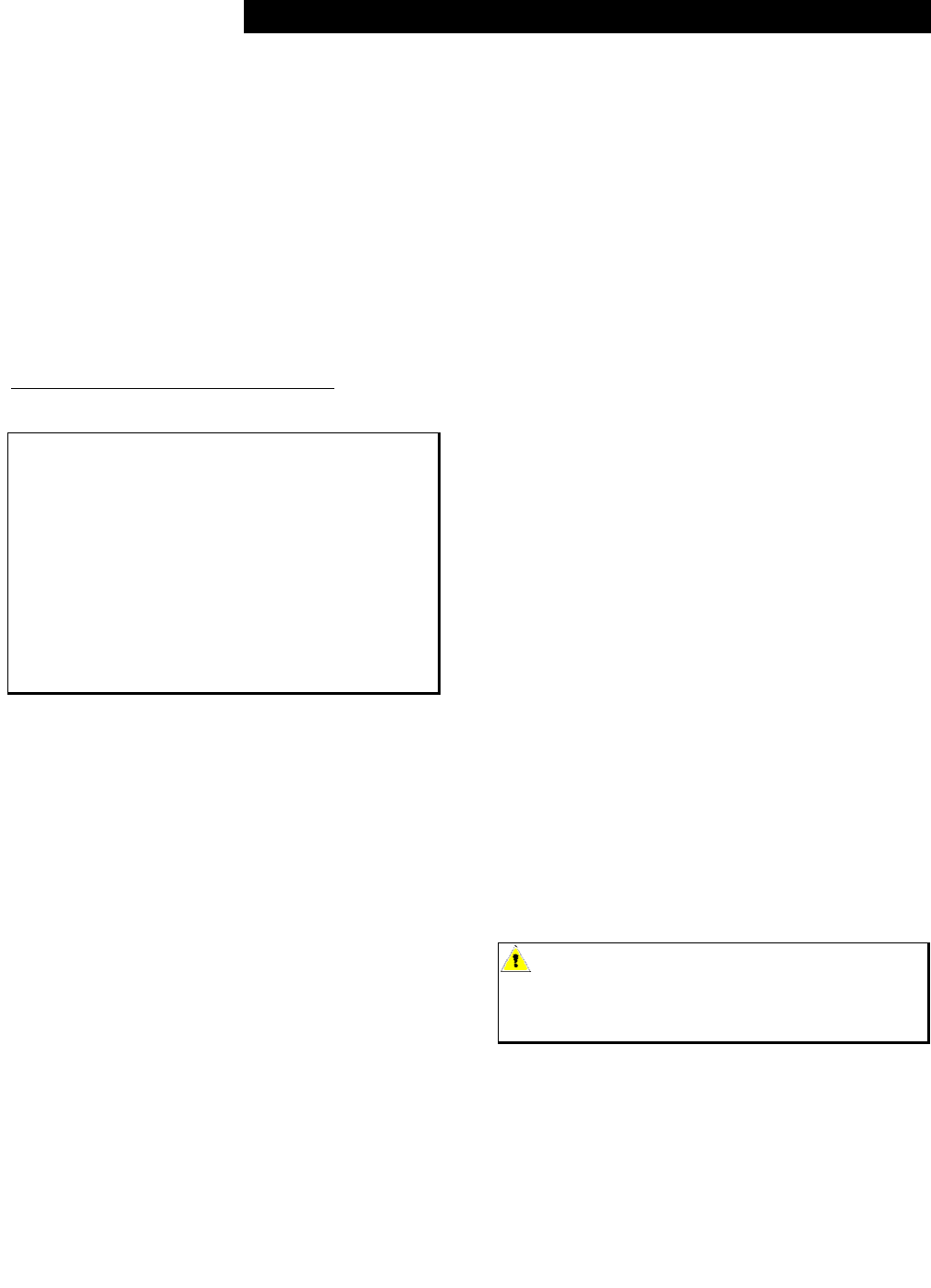Special offers from our partners!

Find Replacement BBQ Parts for 20,308 Models. Repair your BBQ today.

Only the pressure regulator and hose assembly
supplied with the grill should be used. Any
replacement pressure regulator and hose assembly
must be specified by the grill manufacturer.
GAS HOOK-UP
This is a liquid propane configured grill. Do not
attempt to use a natural gas supply unless the grill
has been pre-configured for natural gas use.
Total gas consumption (per hour) of the 720-0165
liquid propane gas grill with all burners set on “HI”:
Main burners 52,000 BTU/Hr.
Sear burners 23,000 BTU/Hr.
Rear burners 16,000 BTU/Hr.
Side burner 12,000 BTU/Hr.
Total 103,000 BTU/Hr.
The installation of this appliance must conform with
local codes or, in the absence of local codes, to the
National Fuel Gas Code, ANSI Z223.1/NFPA 54,
National Gas Propane Installation Code, CSA
B149.2, or the Standard for Recreational Vehicles,
ANSI A 119.2/NFPA 1192, and CSA Z240 RV
Series, Recreational Vehicle Code, as applicable.
Installation in Canada must be in accordance with
the Standard CAN/CGA-B149.2 (installation code
for gas burning appliances and equipment) and
local codes.
LIQUID PROPANE CYLINDER REQUIREMENTS
(20 lb. Cylinder)
A dented or rusty liquid propane gas cylinder may
be hazardous and should be checked by your
supplier. Never use a cylinder with a damaged
valve. The liquid propane cylinder must be
constructed and marked in accordance with the
specifications for liquid propane cylinders by the
United States Department of Transportation (DOT)
or the National Standard of Canada, CAN/CSA-
B339, Cylinders, Spheres and Tubes for
Transportation of Dangerous Goods Commission.
The 20 lb. cylinder must have a shut off valve
terminating in a valve outlet specified, as
applicable, for connection type QCC1 in the
standard for compressed gas cylinder valve outlet
and inlet connection ANSI/CGA-V-1.
The cylinder supply system must be arranged for
vapor withdrawal. The cylinder must include a collar
to protect the cylinder valve.
Manifold pressure: (operating) 10 inches water
column (W.C.), (non-operating) 11.2 inches water
column (W.C.).
The liquid propane cylinder must be fitted with an
Overfill Protection Device (OPD). Remove the
plastic valve cover from the liquid propane cylinder.
Make sure the grill’s gas hoses do not come in
contact with the grease tray or grill firebox when the
liquid propane cylinder is pushed into the cart.
CONNECTION
Your grill is equipped with gas supply orifices for
use only with liquid propane gas. It is also equipped
with a high capacity hose/regulator assembly for
connection to a standard 20 lb. liquid propane
cylinder (18-1/4 inches high, 12-1/4 inches
diameter).
To connect the liquid propane gas supply cylinder:
1. The cylinder valve should be in the “OFF”
position. If not, turn the valve clockwise until it
stops.
2. Make sure the cylinder valve has the proper
type 1 external male thread connections per
ANSIZ21.81.
3. Make sure the burner valves are in the “OFF”
position.
4. Inspect the valve connections, port and
regulator assembly. Look for any damage or
debris. Remove debris and inspect the hose for
damage.
5. When connecting the regulator assembly to the
valve, use your hand to tighten the nut
clockwise until it stops. Use of a wrench could
damage the quick coupling nut and result in a
hazardous situation.
6. Open the cylinder valve fully by turning the
valve counterclockwise.
7. Before lighting the grill, use a soap and water
solution to check all the connections for leaks.
8. If a leak is found, turn the cylinder valve off and
do not use the grill until a local liquid propane
dealer can make repairs.
WARNING
Never attempt to use damaged or obstructed
equipment. See your local liquid propane dealer for
repair.
DISCONNECTION
1. Turn off the burner valves and make sure the
grill is cool.
2. Turn off the tank valve by turning the control
knob clockwise until it stops.
3. Detach the regulator assembly from the
tank valve by turning the quick coupling nut
counterclockwise.
10


















